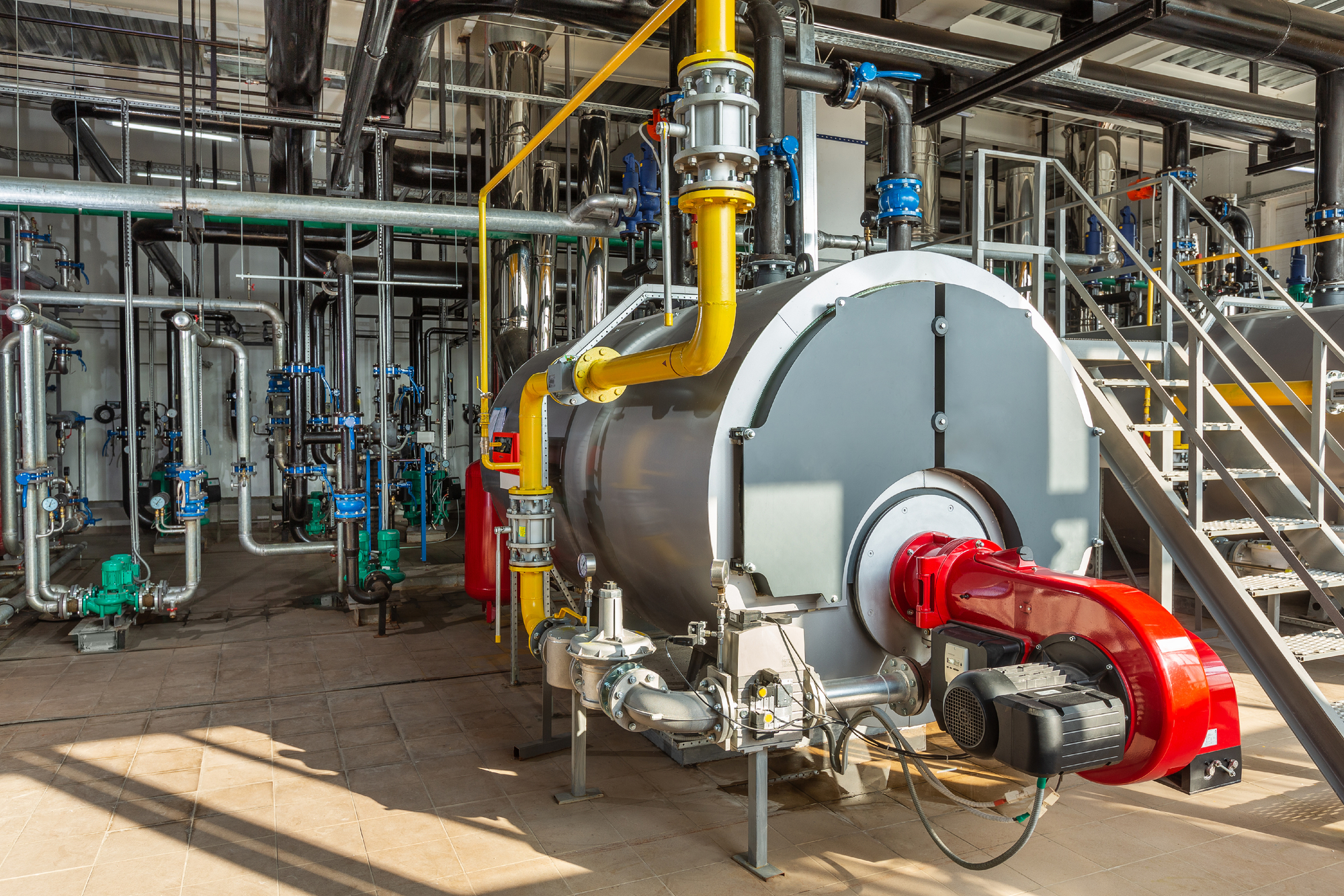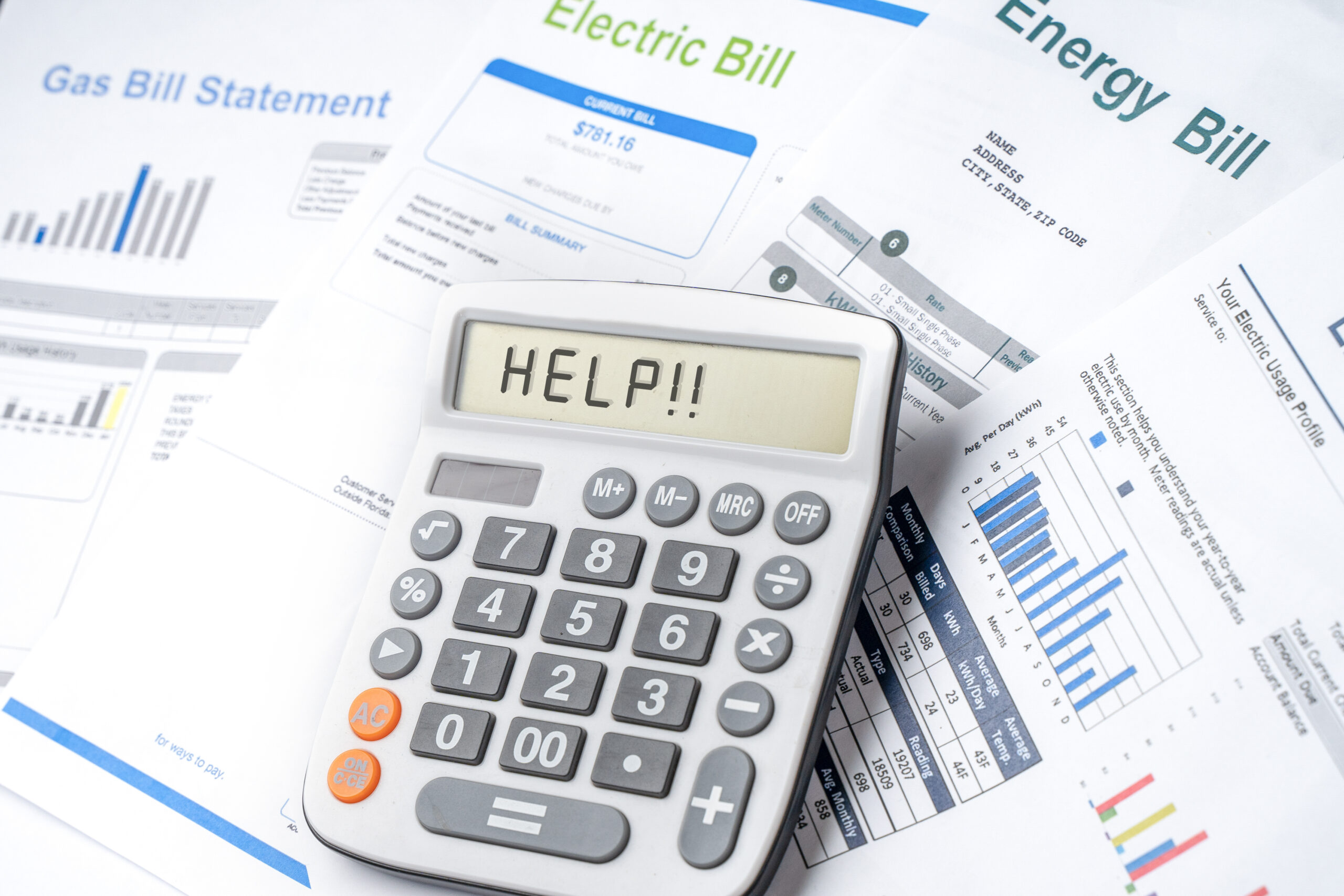Understanding DHW Issues in Multi-Family Buildings: Challenges and Solutions
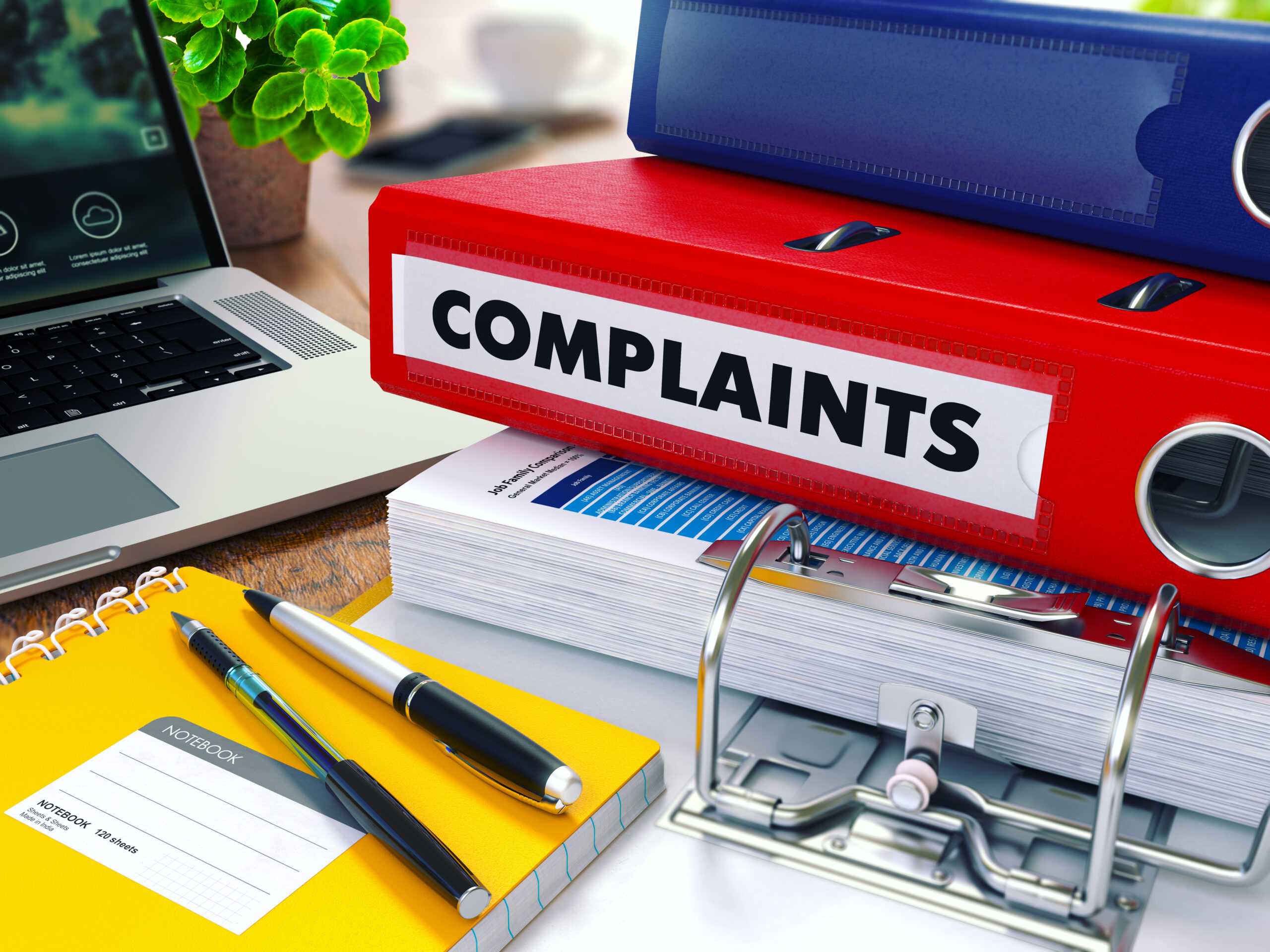
It’s puzzling. The hot water temperatures in your buildings are fluctuating high enough to pose a burn hazard and then dipping so low that showers are cold. You wonder – what exactly is going on here? Well, this is the first of a few common domestic hot water issues. You may find that the boiler is running very frequently for hot water cycles and the fuel bills are higher than ever during the summer months. Have no fear, as you are not the only one dealing with these difficulties. The first step to untangling this mess is to gain clarity on what is really going on.
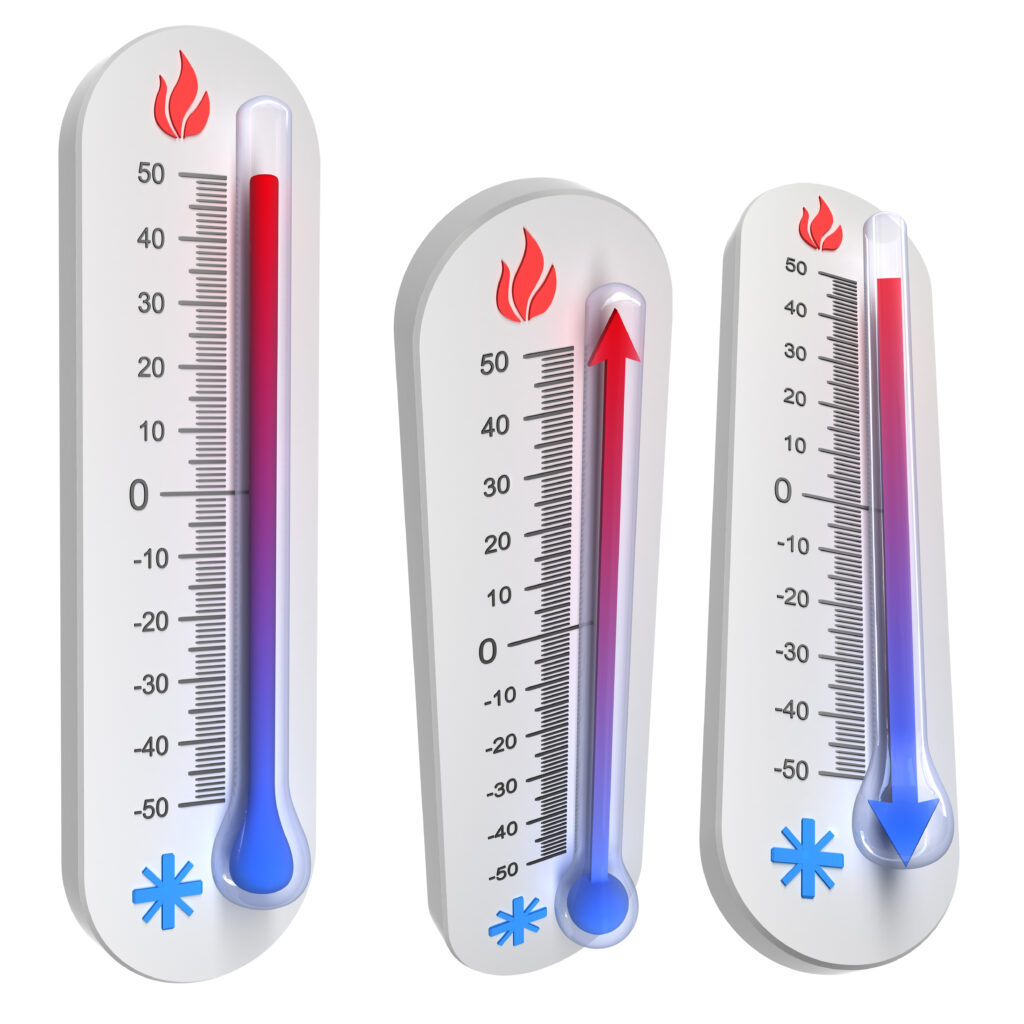
Fluctuating Domestic Hot Water Temperatures
Legally, the domestic hot water temperatures need to be maintained at 120°. As per HPD “Hot water must be provided 365 days per year at a constant minimum temperature of 120 degrees Fahrenheit.” Achieving this can be quite difficult! A fluctuation in the mix temperature may be felt by tenants, particularly when using water for a prolonged period of time, such as while washing dishes or in the shower. If they report the insufficient DHW to HPD, your building can receive a violation.
So how do you maintain steady hot water temperatures? That is the job of the mixing valve. When hot water leaves the boiler, it is too hot for residential use. The mixing valve calculates how much cold water is necessary and adds it in, to keep the hot water at a comfortable temperature for the residents. Hence the name “mixing valve” – it is essentially mixing hot and cold water to achieve the right temperature.
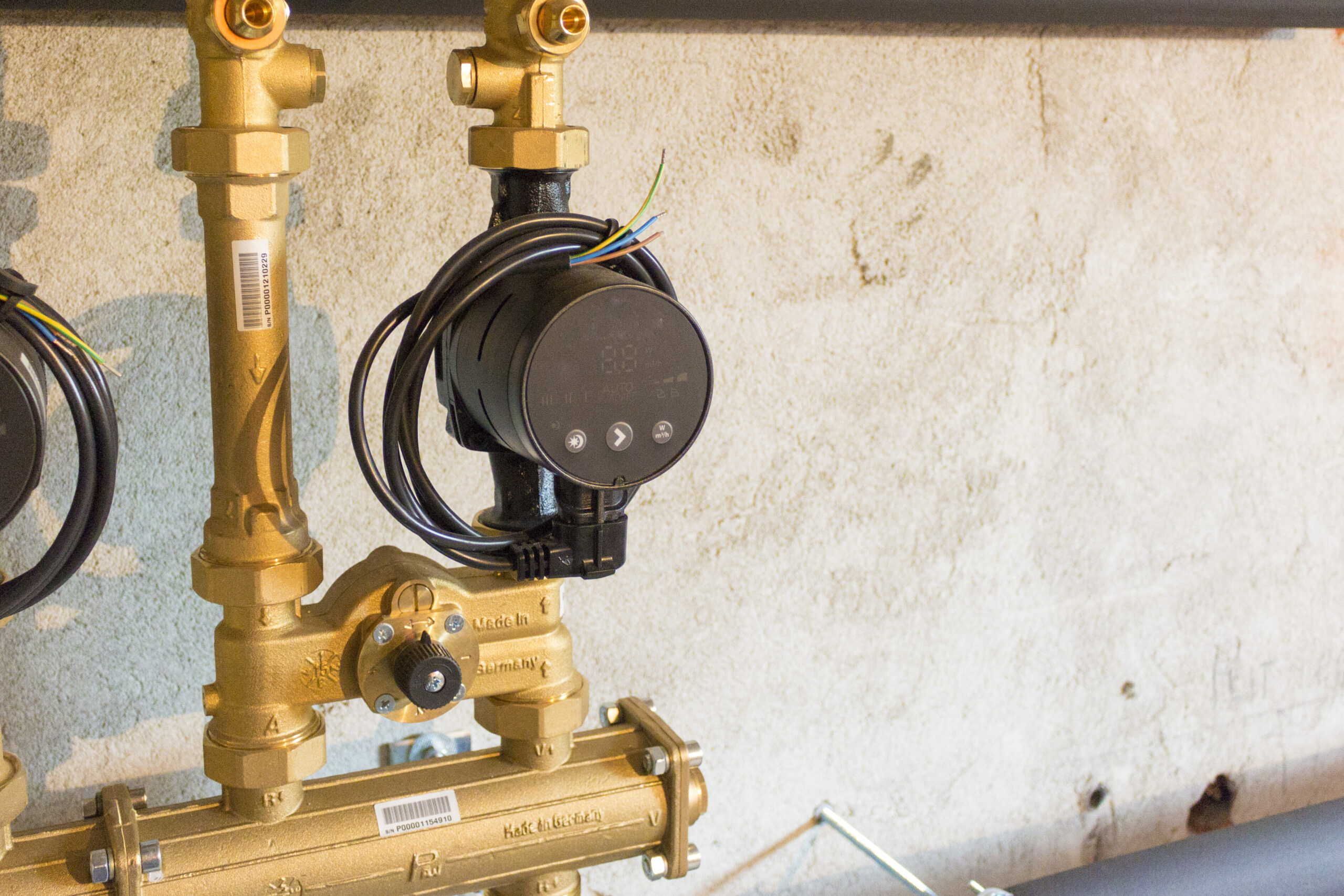
Minor fluctuations are prevalent with mixing valves. When DHW temps are ranging below 120° and above 130°, double check that the mixing valve is set to approximately 120°-125°. The next step is to verify when the DHW is dipping. A helpful tool to check the hot water temperatures would be a good temperature control system such as the Entech Stealth.
Using the Stealth, you can review the DHW temp history in multiple graphs and charts to determine if temperatures dip randomly or only at times when the coil is low. If the mix is dipping below 105°, even at times that the coil is maintaining the temperature of the boiler, then the main issue is likely stemming from the mixing valve itself.
Once you determine that there appears to be a problem with the mixing valve, you should have the mixing valve assessed by a plumber or boiler mechanic. It may just need a minor adjustment, and in some cases need to be completely replaced. Having a trusted relationship with a mechanical contractor is instrumental to a cost-effective solution.
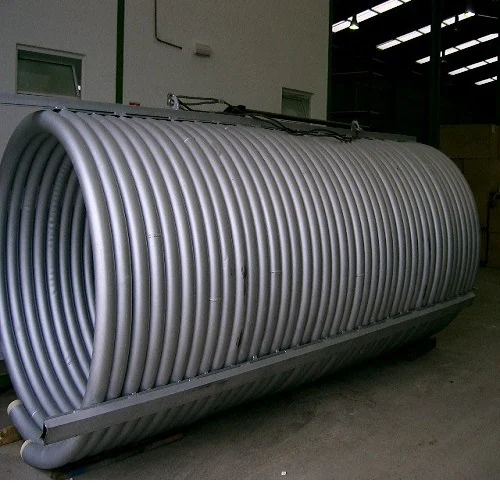
Low Coil Temperatures
If you find the mix dips only at times when the coil is low, and it occurs daily, then this would indicate a problem with the coil. Firstly, ensure the coil is sufficiently submerged in the water of the boiler. If after that, you are still seeing low mix temperatures and receiving complaints of low domestic hot water, have the coil checked out.


By utilizing a boiler control you can monitor these temperatures via web reports to have better insight into what is occurring.
Common Coil Issues
There are a few common issues that result in coils not functioning properly. They may get covered with dirt in a steam boiler due to lack of routine maintenance. There can also be calcium build-up within the coil itself, which may prevent heat transfer. Issues like these will reduce heat and hot water efficiency. A professional onsite assessment would be necessary to diagnose the root of the problem and advise if the coil needs to be adjusted or replaced.

Frequent Hot Water Cycles
How can you find out if the boiler in your multifamily building is running too frequently for hot water? That is what having a temperature control is for! Check out the graphs online to view runtime and see how many hot water cycles there are every day.
Ideally, the average steam boiler should run less than 10 cycles of hot water per day. If the boiler is running for more than 20 cycles per day, this may indicate a problem. Keep in mind, there may be unique factors that affect your building’s range of hot water runs, such as laundromat usage.
To verify optimal boiler operations and runtime, confirm with your plumber or mechanic. If the boiler is running frequently for hot water and the domestic hot water is fluctuating at high temps when the boiler is not running for heat, then the root of the problem may also be with the return line circulation pump.
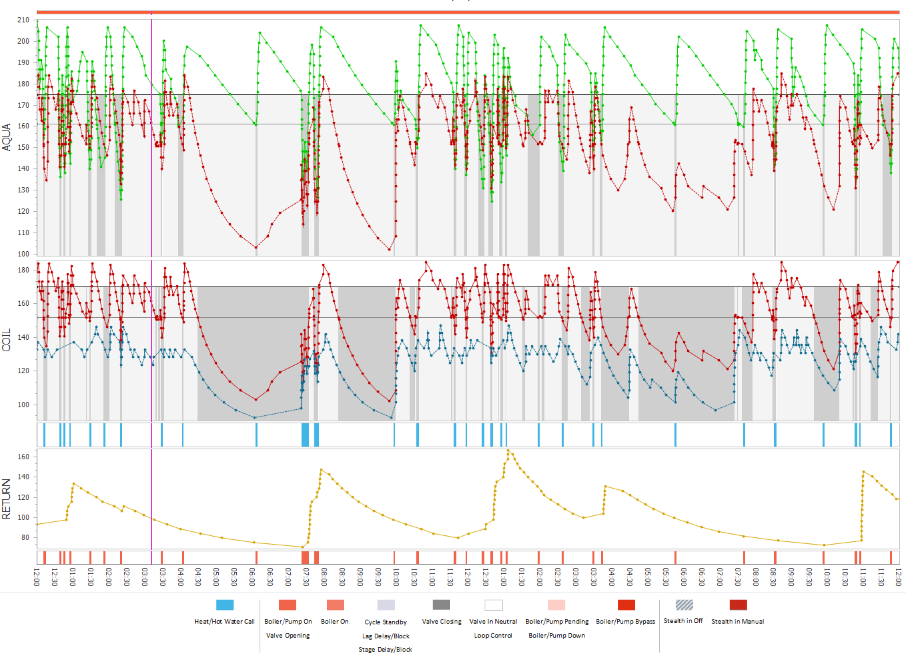
Heat From Hot Water Cycles
This is a question we hope you never have to deal with! Why are your tenants feeling heat in the summer? This is likely due to overuse of the water. If you see that return temperatures are above 95° or the aqua is above 205°, then minimal heat may be reaching the bottom floors of the building.
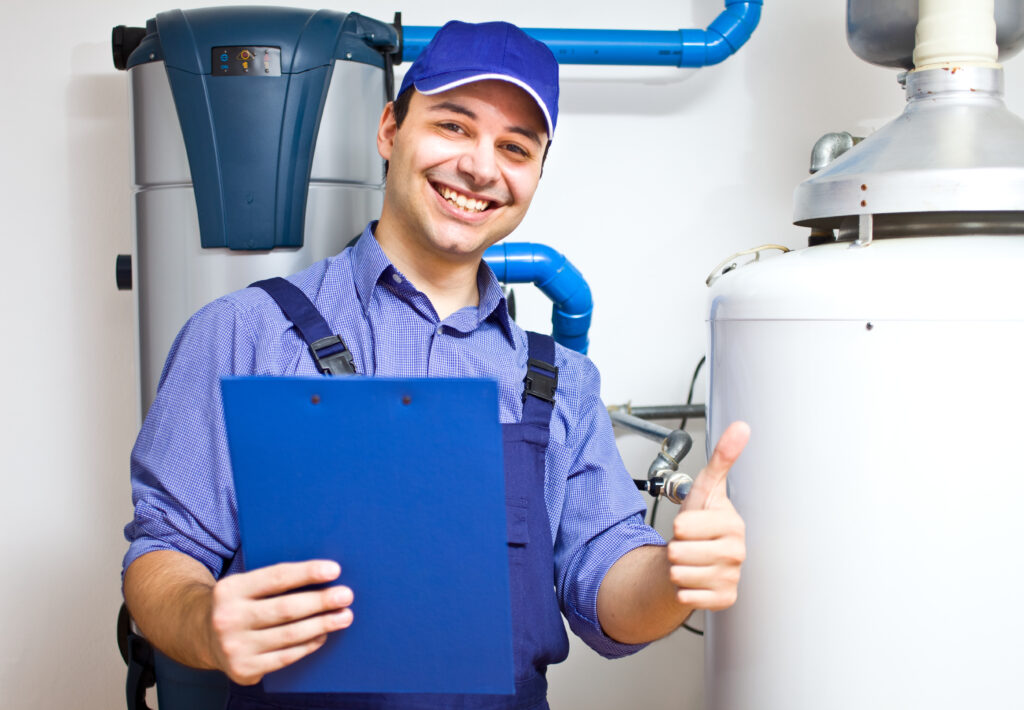
Hot Water Boilers And Energy Efficiency
Keeping your boiler, coil and mixing valve well maintained ensures that they are running at maximum efficiency and that energy is utilized properly. The mixing valve will then ensure comfortable and legal temperatures. It is common for owners of multi-family buildings to install a separate hot water boiler for the summer, so that they do not have to run the main boiler and burn extra fuel. An expert in this field, Eric Sobel of Champion Combustion advises installing a separate hot water boiler in most cases as it runs more efficiently than a main boiler.
If you experience hot water inefficiencies and verify that all is set properly onsite, monitor temp data for a better idea of what the root of the problem is. You can then determine if a professional is needed and have the data to back what work needs to be done. Untangling your domestic hot water issues may seem daunting, but by following these tips we hope you gained clarity. Log in or contact us to find out how you can monitor your boiler and see what’s really going on!

